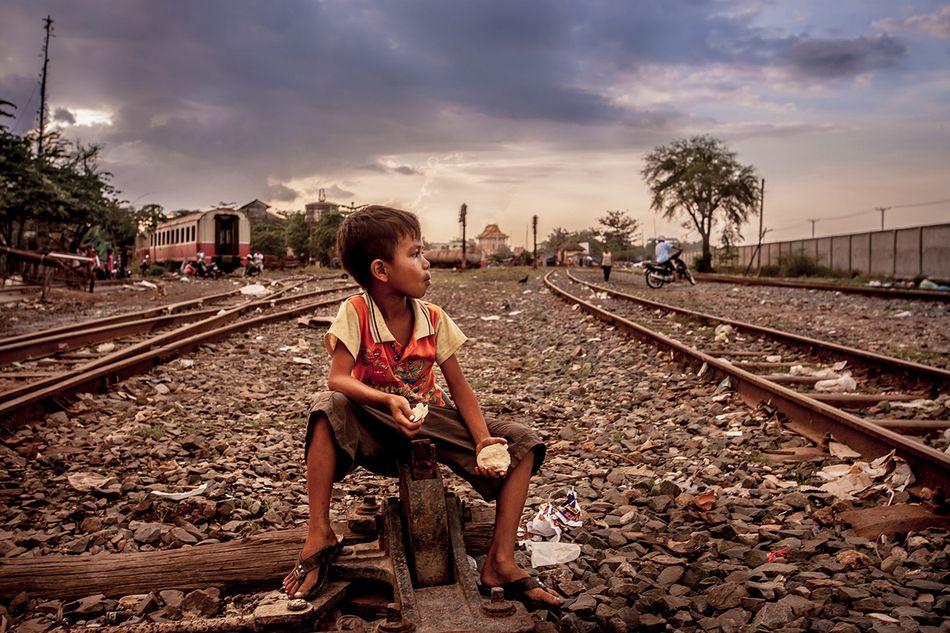There are places in the world that humble us with the scale of their beauty, making us feel small and insignificant in the best possible way. Ha Giang is one of those places.
One of Vietnam’s northernmost provinces, Ha Giang is a mind-blowing mixture of limestone karsts, roaring river valleys and fruitful rice fields near the Chinese border. It’s also home to dozens of ethnic minority groups, some of the most populous being the H’mong, Dao and Tay. This makes the region diverse in both language and culture, although some ethnic groups in Ha Giang still share common traits, such as growing rice for their livelihood and dressing in bright traditional weaves.
Conditions on the province’s remote, cliff-hanging, mountain pass roads have improved in recent years, creating ideal conditions for a motorbike trip. The most common trip among adventurers is a three- to four-day excursion around Ha Giang’s 320-kilometer loop, which begins and ends in the province’s capital city.
Below are pictures taken during a four-day trip along the highways and back roads of Ha Giang in October. It rained for much of the trip, making it a little difficult to photograph, but the weather also left an eerie, misty tone. I tried to capture both the magnificent landscapes and the people I met along the way.

Ha Giang is a place of traditional agriculture and therefore a fantastic area to see rice terraces. In early October, the color of the terraces begins to change from green to yellow as the rice ripens ahead of the harvest.

For the most part, children in Ha Giang seemed very curious. Driving by, these kids smiled and gave a shy wave.



Not all children in Ha Giang are so meek, however. Along the road to the Chinese border and Vietnam’s famous Lung Cu flag tower, these three young girls jumped in front of travelers’ motorbikes, pleading for them to stop. They asked for food, giving picked flowers in return.

While motorbiking in Ha Giang, muddy roads can cause riders to slip and fall. Luckily, you are forced to go slowly because of the road conditions when it rains, so falling off your bike is usually no more than a tumble. And tumbles, while frustrating, are excuses to stop and take photos of the scenery. This one was shot after a little tumble near the Chinese border.

The drive from Yen Minh to Meo Vac, or vice versa, is widely regarded as the most spectacular part of this motorbike loop. Roads along this stretch are defined by dramatic peaks, incredible valley views and cliff-hanging passes. The 20-kilometer-long Ma Pi Leng Pass is particularly striking and connects the towns of Dong Van and Meo Vac.

Access to road trip snacks can be scarce between villages. I took this as we stopped for some much-needed roadside fruit.

In Ha Giang, it’s quite typical to see a woman carrying something, or someone, on her back. Some of these loads can be strenuous, especially if carried while trekking up and down steep hills.

This basket of flowers, potentially used as dye for clothes, was left on the side of the road. This type of wicker basket equipped with back straps is common for transporting goods.

While stopped to look at a map, these two children came prancing down the road towards me. They skipped as they unwrapped their snacks and enjoyed the view.

Traffic on Ha Giang’s highways can often times be backed up by herds of cattle. When they’re on the road, they own it with gusto.

The landscape starts to flatten at the end of the motorbike loop. It happens gradually, but it’s a sinking feeling to finish a road trip so mind-blowing.














